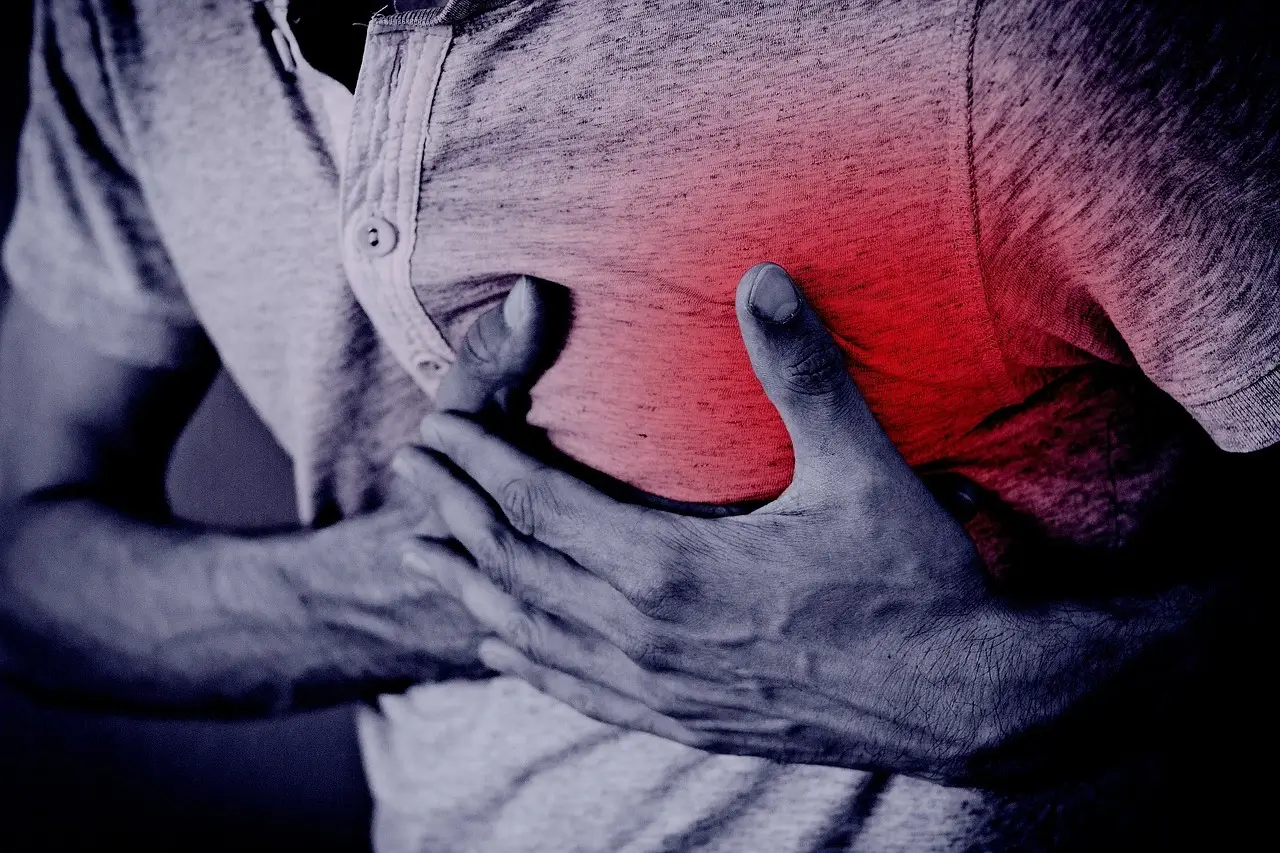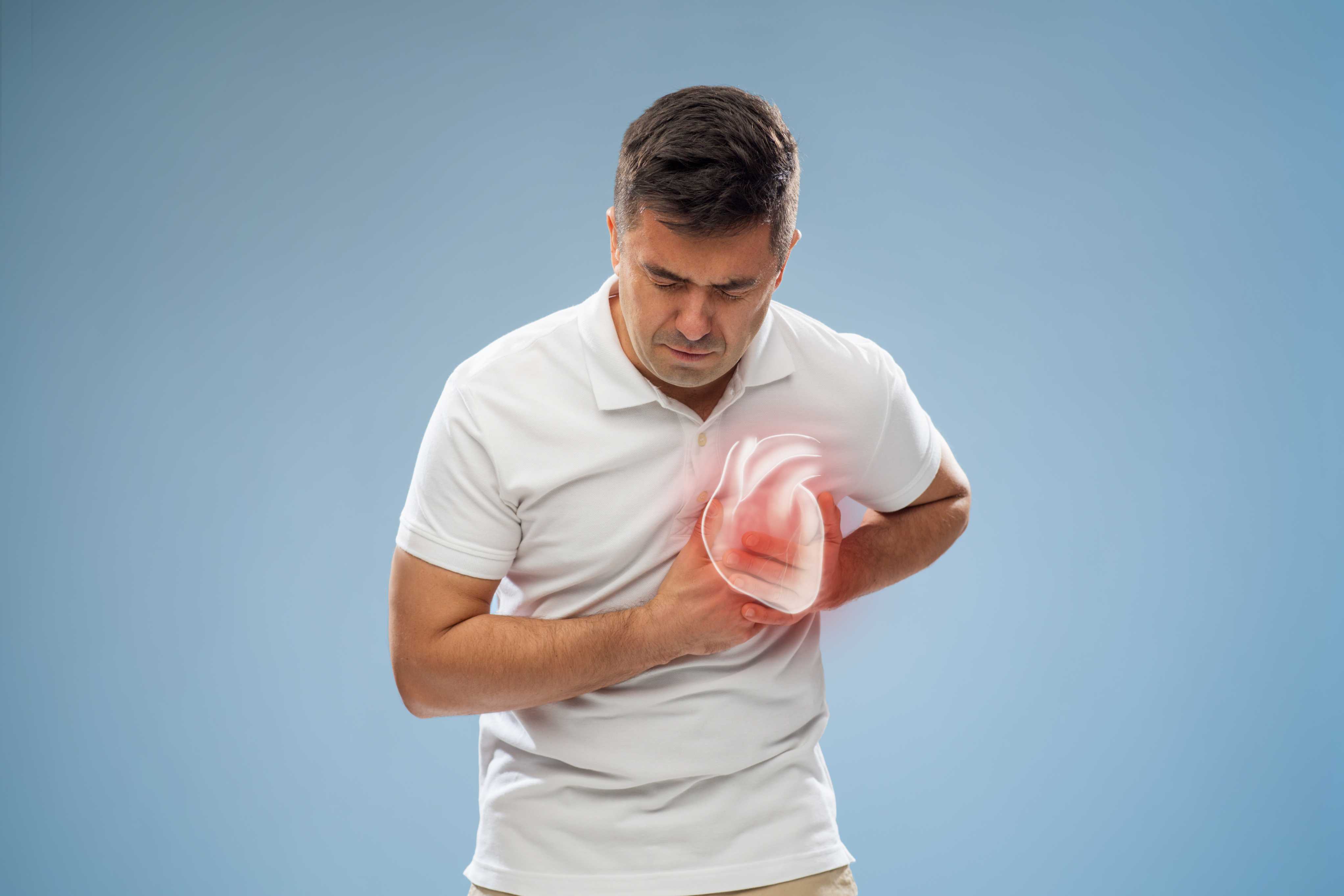Cardiogenic Shock: Causes, Symptoms, Diagnosis, and Treatment


Introduction
Cardiogenic shock is a life-threatening condition that occurs when the heart suddenly cannot pump enough blood to meet the body's needs. It is often the result of a severe heart attack but can also be caused by other cardiac conditions. Without prompt medical intervention, cardiogenic shock can lead to multiple organ failure and death.
What Is Cardiogenic Shock?
Cardiogenic shock is a circulatory shock where the heart fails to pump adequate blood, reducing oxygen supply to vital organs. Cardiogenic shock is primarily due to heart dysfunction, unlike other forms of shock, which may be caused by blood loss or infections. This condition requires emergency medical attention and often necessitates intensive care.
Causes of Cardiogenic Shock
- Acute Myocardial Infarction (Heart Attack): A significant cause of cardiogenic shock is a severe heart attack, which damages the heart muscle, reducing its ability to pump blood effectively.
- Severe Heart Failure: Conditions like advanced congestive heart failure can weaken the heart muscle over time, leading to inadequate cardiac output and shock.
- Arrhythmias (Irregular Heartbeats): Both tachycardia (abnormally fast heart rate) and bradycardia (abnormally slow heart rate) can impair the heart's ability to circulate blood efficiently.
- Cardiomyopathy: Diseases that affect the heart muscle, such as dilated or hypertrophic cardiomyopathy, can contribute to cardiogenic shock.
- Valve Disorders: Severe aortic or mitral valve disease can cause the heart to struggle to maintain proper circulation, leading to shock.
- Myocarditis (Heart Inflammation): Viral or bacterial infections that cause heart muscle inflammation can lead to cardiogenic shock in severe cases.
- Pericardial Tamponade: A buildup of fluid in the sac surrounding the heart (pericardium) can compress the heart, reducing its ability to pump blood.
- Pulmonary Embolism: A large blood clot in the lungs can strain the heart, reducing blood circulation and potentially leading to cardiogenic shock.
Symptoms of Cardiogenic Shock
The symptoms of cardiogenic shock are often sudden and severe, requiring immediate medical attention. These include:
- Severe Shortness of Breath
- Difficulty breathing due to fluid buildup in the lungs.
- Feeling like you can't get enough air.
- Rapid Heartbeat (Tachycardia)
- The heart beats faster to compensate for decreased cardiac output.
- Low Blood Pressure (Hypotension)
- Systolic blood pressure drops below 90 mmHg.
- Dizziness, fainting, or confusion due to inadequate blood flow to the brain.
- Cold, Clammy Skin
- Reduced circulation to the extremities results in pale or bluish skin.
- Weak or Absent Pulse
- Decreased cardiac output results in a weak or undetectable pulse.
- Reduced Urine Output
- The kidneys begin to shut down due to inadequate blood supply.
- Confusion or Loss of Consciousness
- In severe cases, insufficient oxygen supply to the brain leads to cognitive impairment or coma.
Diagnosing Cardiogenic Shock
A timely diagnosis of cardiogenic shock is crucial to initiate life-saving treatment. Doctors use the following diagnostic methods:
- Physical Examination
- Checking blood pressure, heart rate, and signs of organ dysfunction.
- Electrocardiogram (ECG)
- Identifies heart attack, arrhythmias, or other cardiac abnormalities.
- Blood Tests
- Cardiac markers (troponin) to detect heart muscle damage.
- B-type natriuretic peptide (BNP) levels to assess heart failure.
- Echocardiogram
- Uses ultrasound to evaluate heart function, valve performance, and fluid accumulation.
- Chest X-ray
- Detects fluid in the lungs and assesses heart size.
- Coronary Angiography
- Identifies blockages in coronary arteries, especially in cases of heart attack-induced shock.
Treatment of Cardiogenic Shock
The primary goal of treatment is to restore blood flow and support heart function. Treatment options include:
- Medications
- Vasopressors (e.g., dopamine, norepinephrine) to increase blood pressure.
- Inotropes (e.g., dobutamine) to strengthen heart contractions.
- Diuretics to reduce fluid overload.
- Anticoagulants to prevent blood clots.
- Oxygen Therapy
- Ensures adequate oxygen delivery to tissues while stabilising the patient.
- Mechanical Support Devices
- Intra-aortic balloon pump (IABP) to assist the heart in pumping blood.
- Ventricular assist devices (VADs) to provide additional cardiac support.
- Coronary Interventions
- Angioplasty and stenting to open blocked arteries.
- Coronary artery bypass grafting (CABG) for severe cases.
- Extracorporeal Membrane Oxygenation (ECMO)
- A temporary life-support system for critically ill patients.
- Heart Transplant
- Considered for patients with irreversible heart failure.
Complications of Cardiogenic Shock
If left untreated, cardiogenic shock can lead to severe complications, including:
- Multi-organ failure due to prolonged oxygen deprivation.
- Permanent heart damage leading to chronic heart failure.
- Kidney failure requiring dialysis.
- Neurological complications, such as stroke.
- High mortality risk, especially in delayed treatment cases.
Prevention of Cardiogenic Shock
- Managing Heart Disease
- Controlling high blood pressure and cholesterol.
- Adhering to prescribed medications.
- Healthy Lifestyle Choices
- Eating a heart-healthy diet (low sodium, high fibre).
- Regular physical activity.
- Avoiding smoking and excessive alcohol consumption.
- Recognising Heart Attack Symptoms Early
- Seeking immediate care for chest pain, arm pain, or shortness of breath.
- Routine Check-Ups
- Regular medical evaluations to detect and manage heart conditions early.
Conclusion
Cardiogenic shock is a critical emergency that requires immediate medical intervention. Recognising its symptoms and understanding the underlying causes can significantly improve survival rates. Early diagnosis and prompt treatment, including medication, mechanical support, and surgery, can help stabilise patients and prevent long-term complications.
For more information on heart health and expert care, visit our heart clinic’s website or schedule an appointment with our specialists today.


